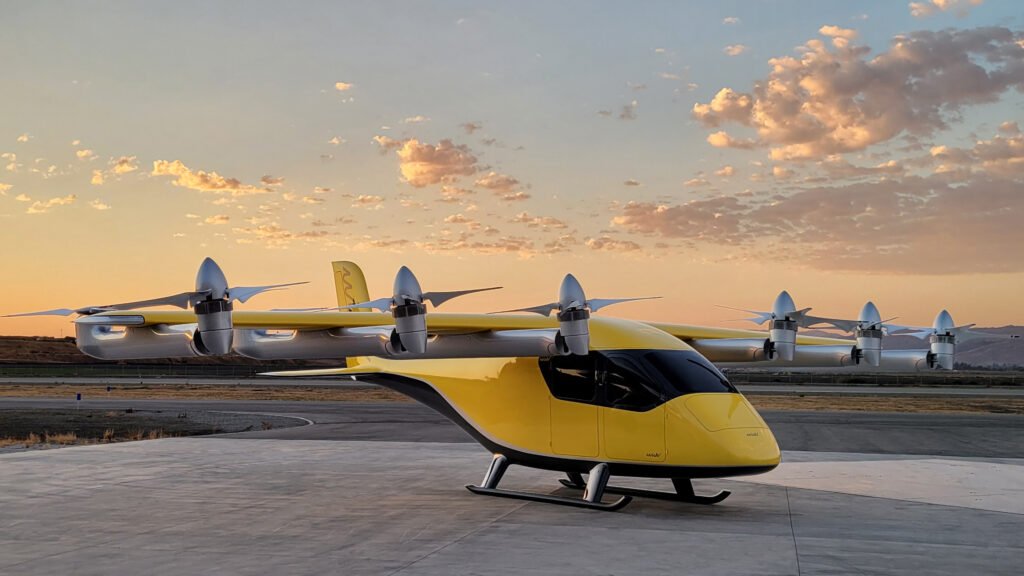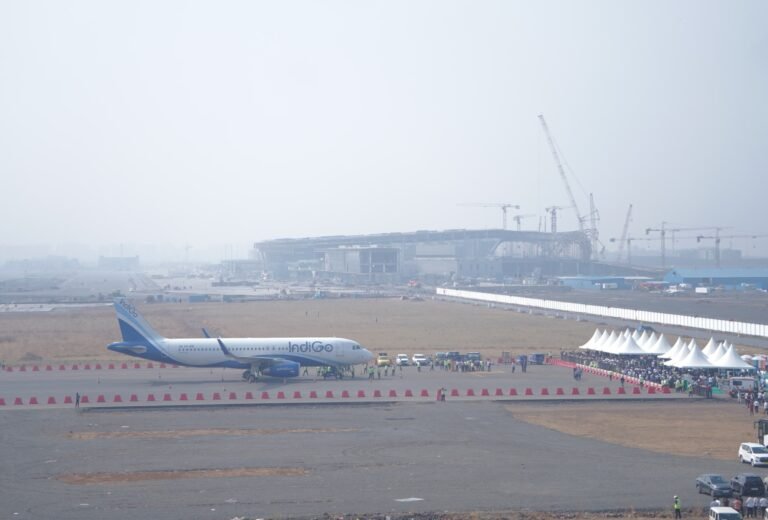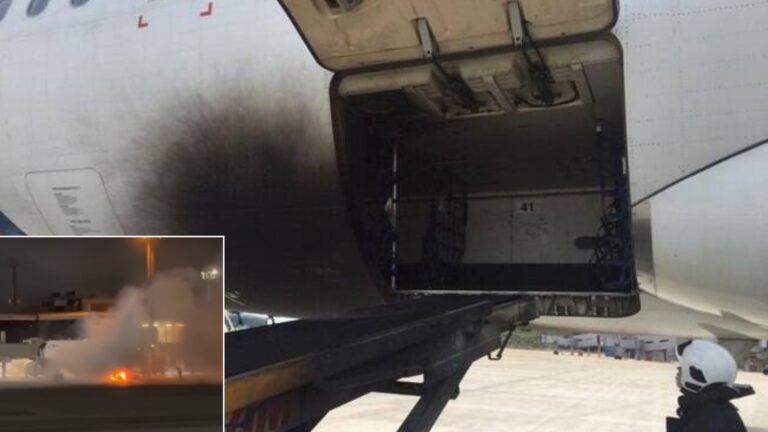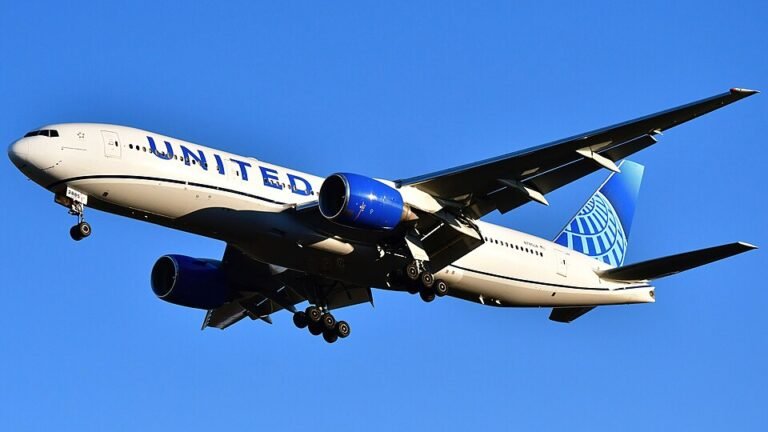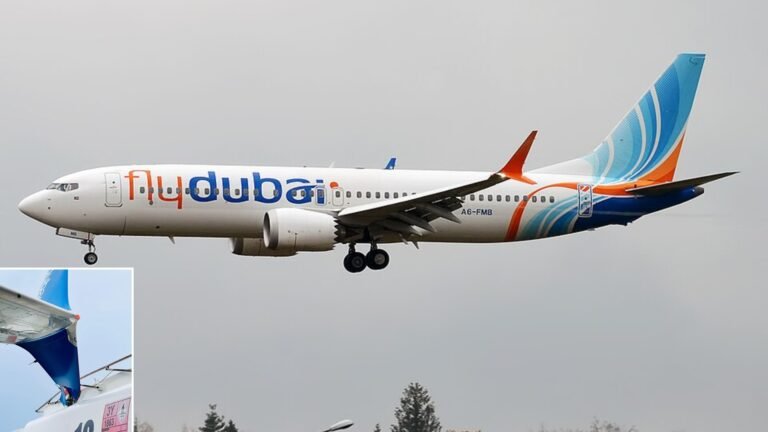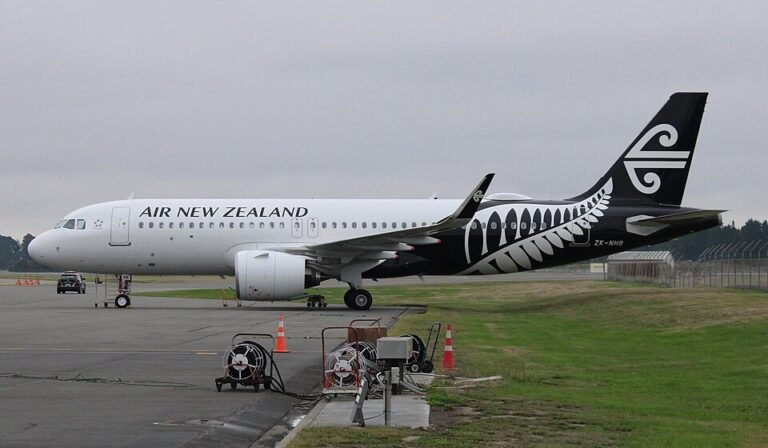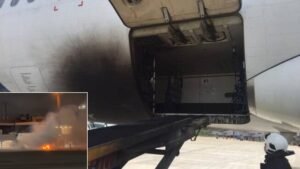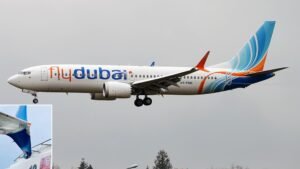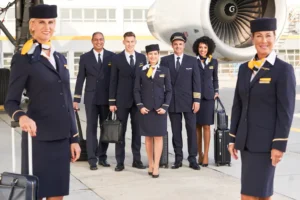Picture Credits: Wisk Aero
In a significant move to support the safe introduction and global scalability of Advanced Air Mobility (AAM) aircraft, five leading aviation authorities have released a unified roadmap outlining a common approach to the type certification of powered-lift and eVTOL (electric Vertical Takeoff and Landing) aircraft.
The roadmap is the product of a collaborative effort between the Civil Aviation Safety Authority (Australia), Transport Canada Civil Aviation (Canada), Civil Aviation Authority (New Zealand), Civil Aviation Authority (United Kingdom), and the Federal Aviation Administration (United States), together forming the National Aviation Authorities (NAA) Network.
A Framework for Certifying Next-Generation Aircraft

Left to Right: Archer Founder & CEO, Adam Goldstein and U.S. Transportation Secretary, Sean Duffy
The roadmap establishes a strategic, phased approach to streamline certification standards across jurisdictions, reduce regulatory divergence, and support mutual recognition of type certificates. Central to the document is a commitment to aligning on six key principles:
- Balancing Safety and Innovation – Ensuring emerging technologies meet robust safety standards while enabling innovation in aircraft design, propulsion, and autonomy.
- Harmonized Type Certification – Implementing a three-step certification model using performance-based requirements, convergence of differing standards, and adoption of mutually accepted means of compliance.
- Collaboration and Alignment – Promoting cooperation among network members and parallel alignment with other authorities actively working on AAM certification projects.
- Collaborative Multi-Authority Validation – Leveraging opportunities to validate a single aircraft design across multiple authorities simultaneously, reducing redundant certification effort.
- Incremental Certification Pathway – Adopting a “crawl, walk, run” approach to certification, starting with piloted aircraft and expanding to remotely piloted and autonomous systems.
- AAM-Inclusive Bilateral Agreements – Updating existing international agreements to incorporate streamlined validation and certification provisions for AAM aircraft.
Performance-Based Standards and Consensus Methods
The roadmap encourages the use of performance-based certification standards, as opposed to prescriptive rules, to better accommodate the novel design features of eVTOL and other AAM aircraft. Where discrepancies exist such as between FAA’s airworthiness criteria (AC 21.17-4) and the UK CAA’s SC-VTOL, the roadmap outlines strategies for convergence and mutual acceptance.
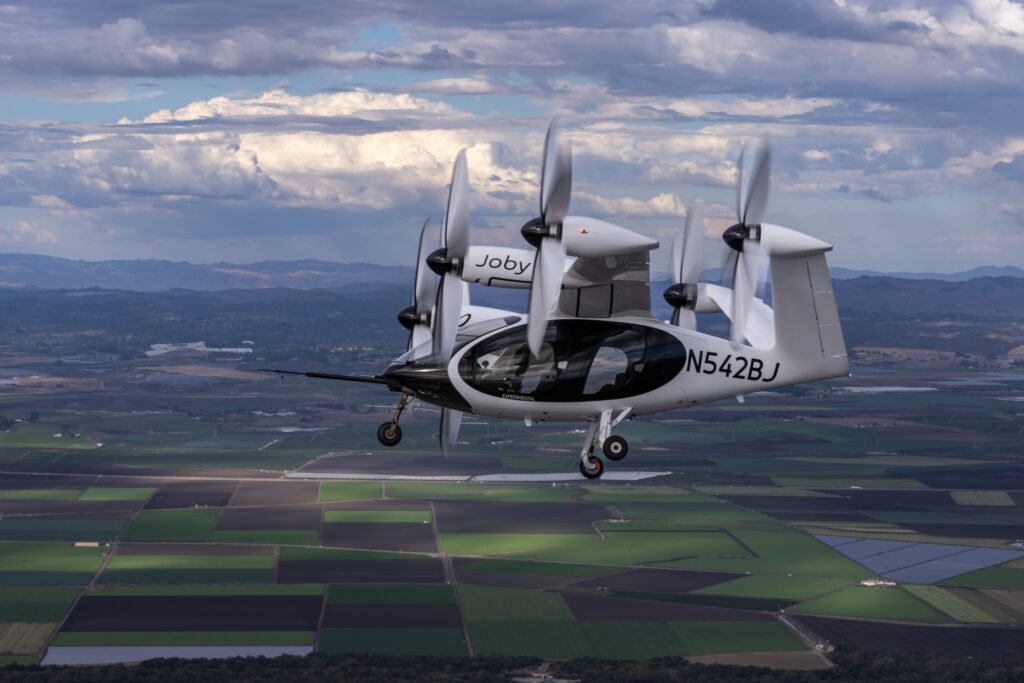
Picture Credits: Joby Aviation
The framework also endorses the use of industry-developed consensus standards as acceptable means of compliance, especially in areas where harmonization of requirements may not be fully achieved.
Streamlined Validation and Shared Compliance
To facilitate cross-border validation of certified aircraft, the roadmap proposes a streamlined validation model. This model prioritizes attention on technical differences between jurisdictions while allowing validation authorities to accept findings of compliance where no divergence exists. It also recommends the use of multi-validation teams and shared compliance information to further minimize time and resource expenditure.
Leading Companies Advancing AAM Certification
Several aerospace companies are already advancing type certification efforts for AAM and eVTOL aircraft in coordination with NAA Network regulators:
- Joby Aviation (USA): Currently undergoing FAA type certification for its piloted eVTOL aircraft, with plans for commercial launch in key U.S. cities and international expansion.
- Archer Aviation (USA): Actively engaged in FAA certification of its “Midnight” air taxi, with partnerships established for deployment in New York and Los Angeles.
- Vertical Aerospace (UK): Developing the VX4 eVTOL under UK CAA oversight, with a focus on European and global markets.
- Eve Air Mobility (Brazil/USA): Backed by Embraer, Eve is progressing toward type certification for its eVTOL, supported by orders across North and South America.
- Wisk Aero (USA/New Zealand): Pioneering autonomous eVTOL aircraft with involvement from both the FAA and New Zealand’s CAA, focused on developing self-flying urban transport solutions.
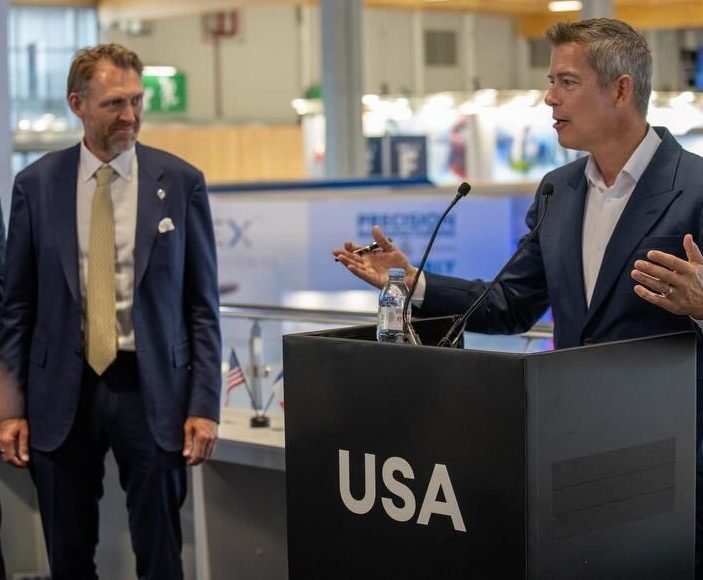
Left to Right: Joby Aviation Founder & CEO, JoeBen Bevirt and U.S. Transportation Secretary, Sean Duffy
These companies exemplify the practical application of the Roadmap’s certification principles, working alongside regulators to meet emerging safety, airworthiness, and operational standards.
A Living Document for Evolving Technology
Recognizing the rapid pace of innovation in the AAM sector, the roadmap is designed as a living document, to be updated as more certification projects progress and as new technologies such as hydrogen propulsion and autonomous flight become more prevalent. It provides a basis for continuous improvement and international alignment through coordinated updates and collaborative knowledge exchange.
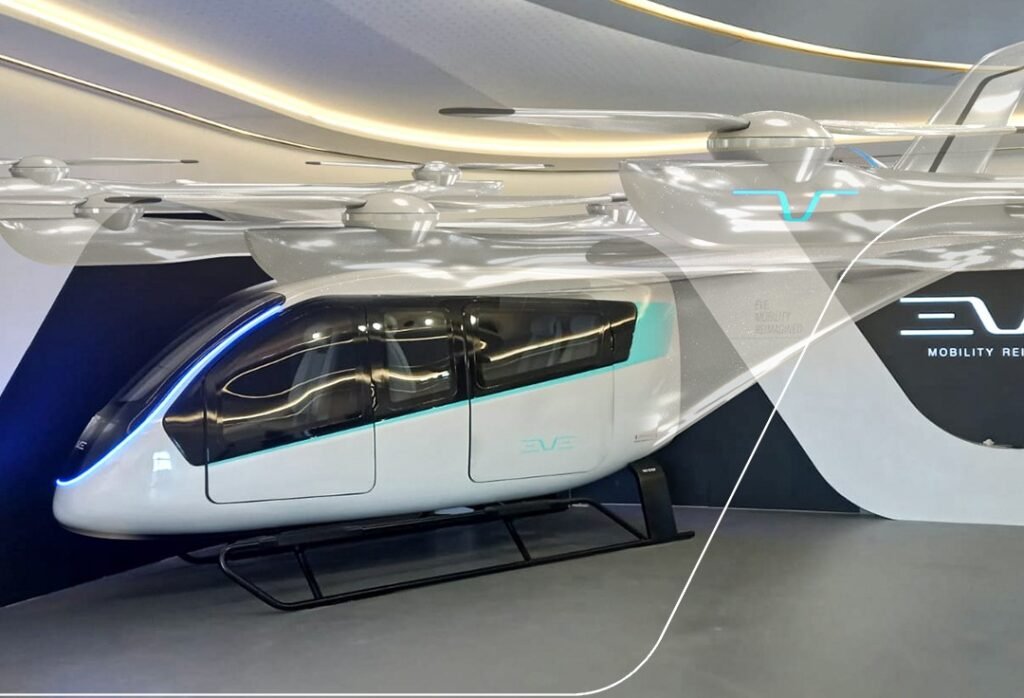
Picture Credits: Eve Air Mobility
Implementation of the roadmap includes the continued exchange of certification data, convergence on airworthiness standards, increased involvement in standards development organizations (SDOs), and progressive updates to bilateral agreements. The NAA Network also aims to expand collaboration by welcoming additional member authorities and strengthening ties with ICAO, EASA, and other stakeholders.
This initiative marks a major milestone in preparing the global regulatory ecosystem for the safe and efficient entry of AAM into service. By uniting efforts across national boundaries, the NAA Network’s roadmap lays the foundation for a harmonized, scalable, and safety-focused future of advanced aviation.

